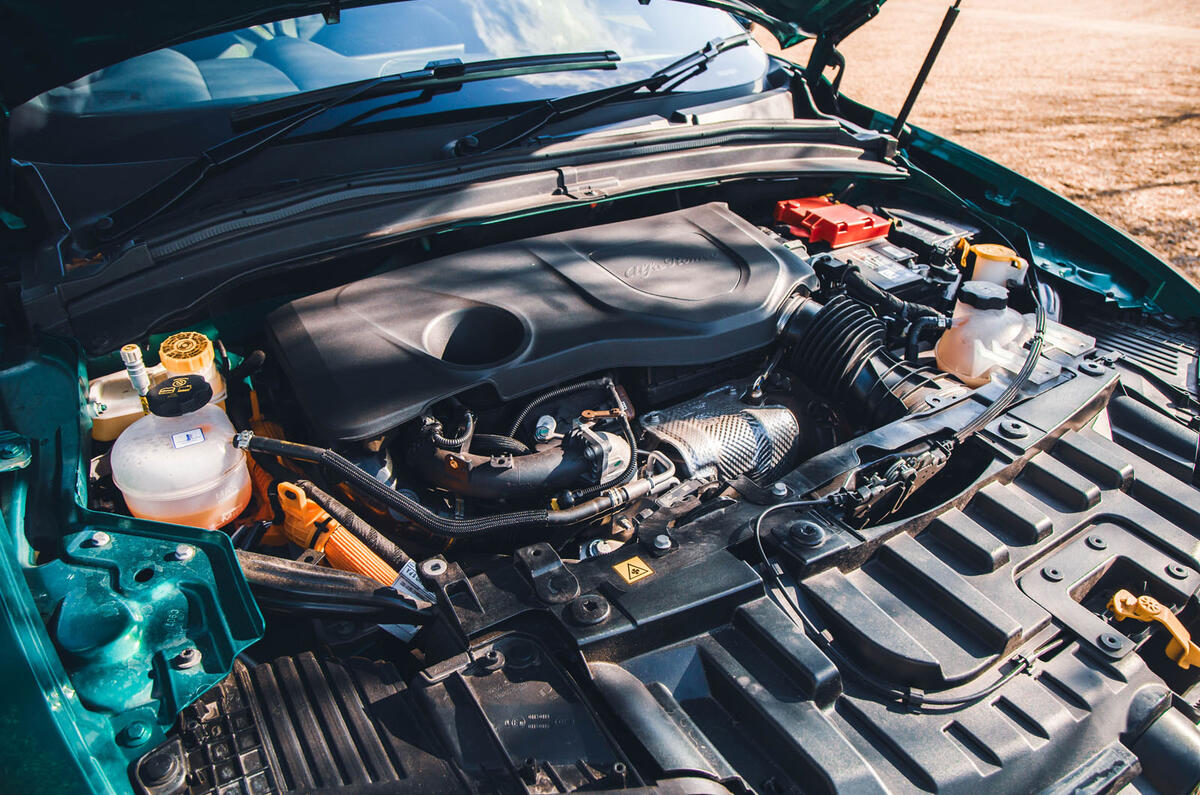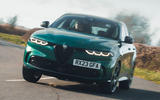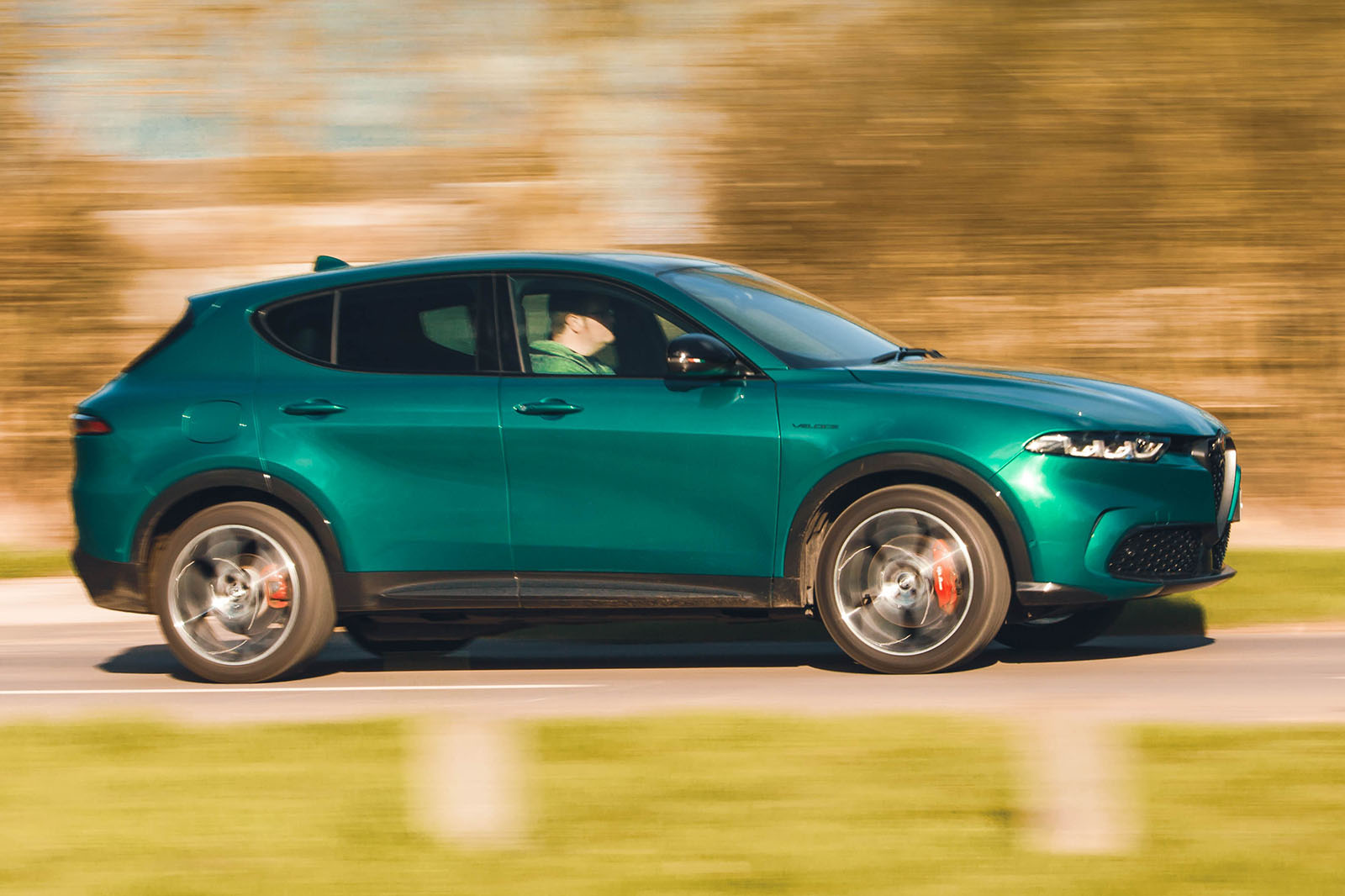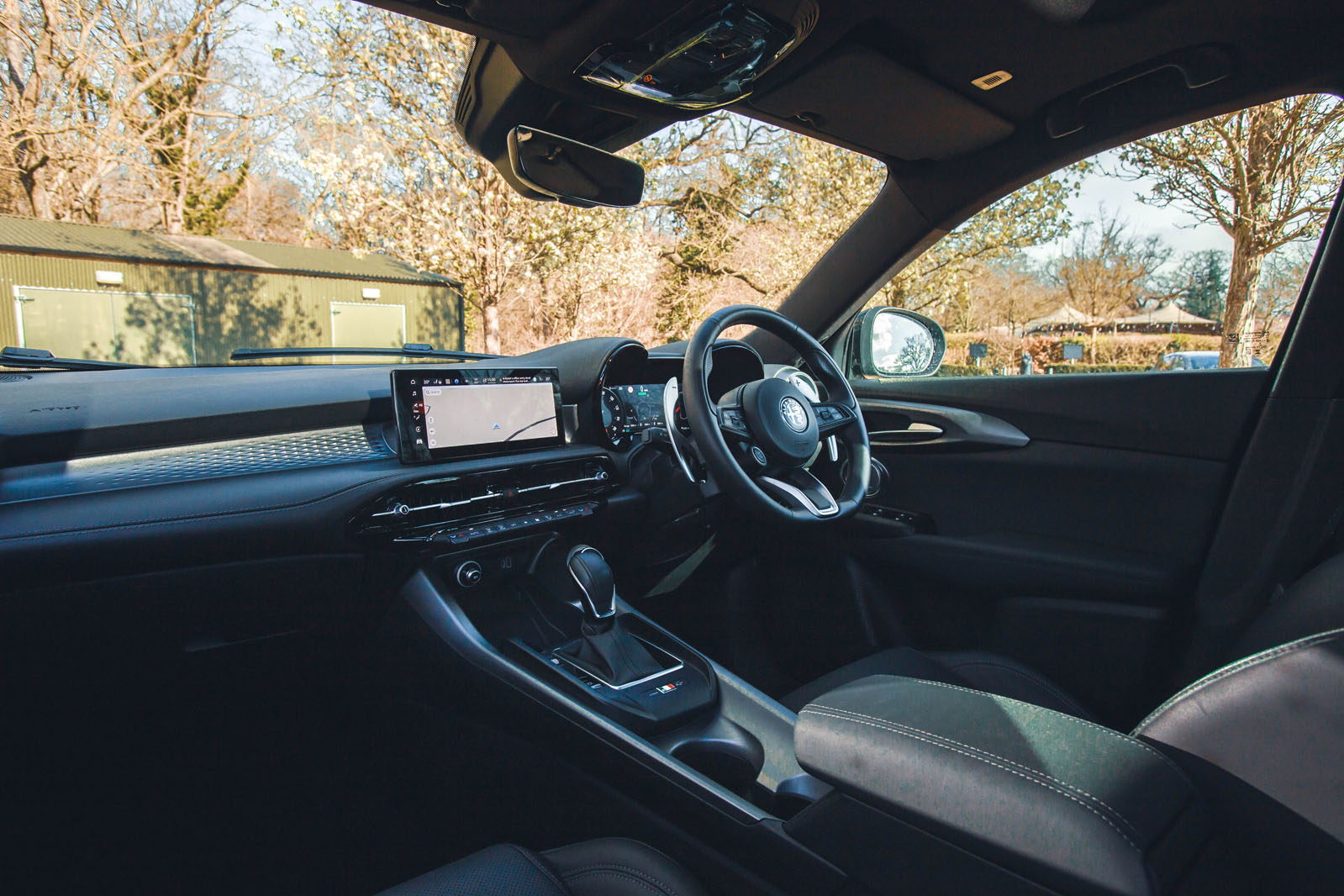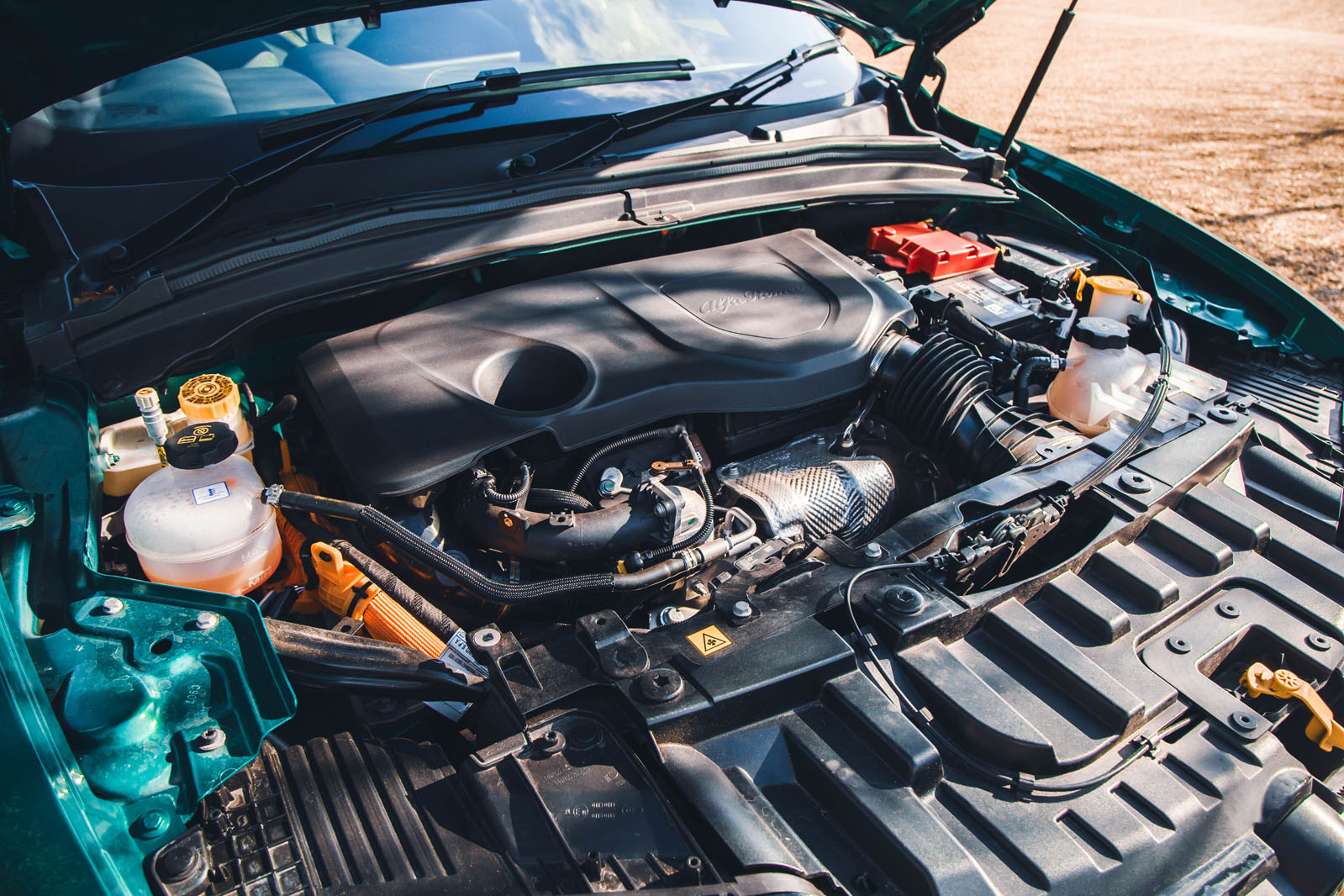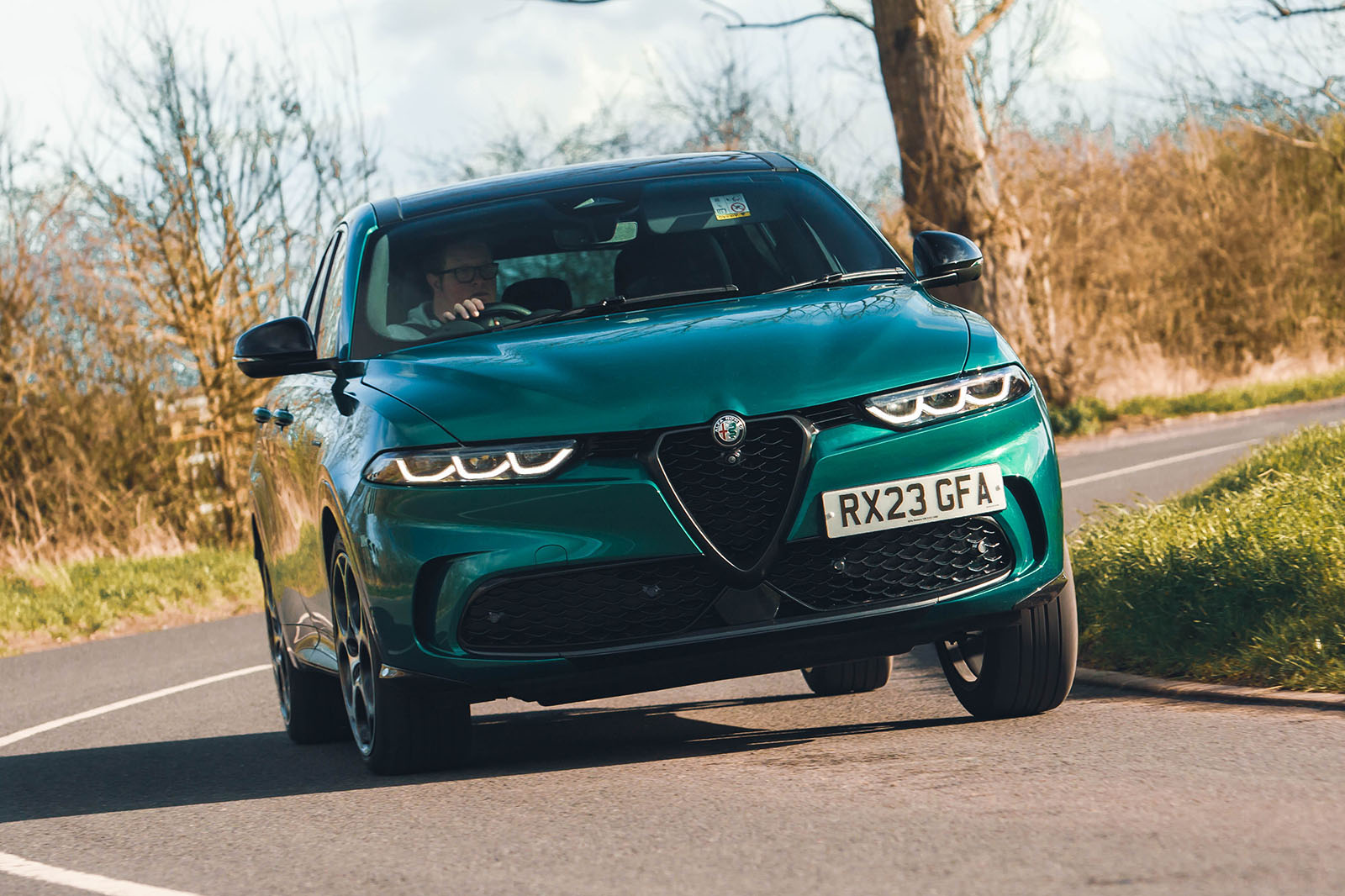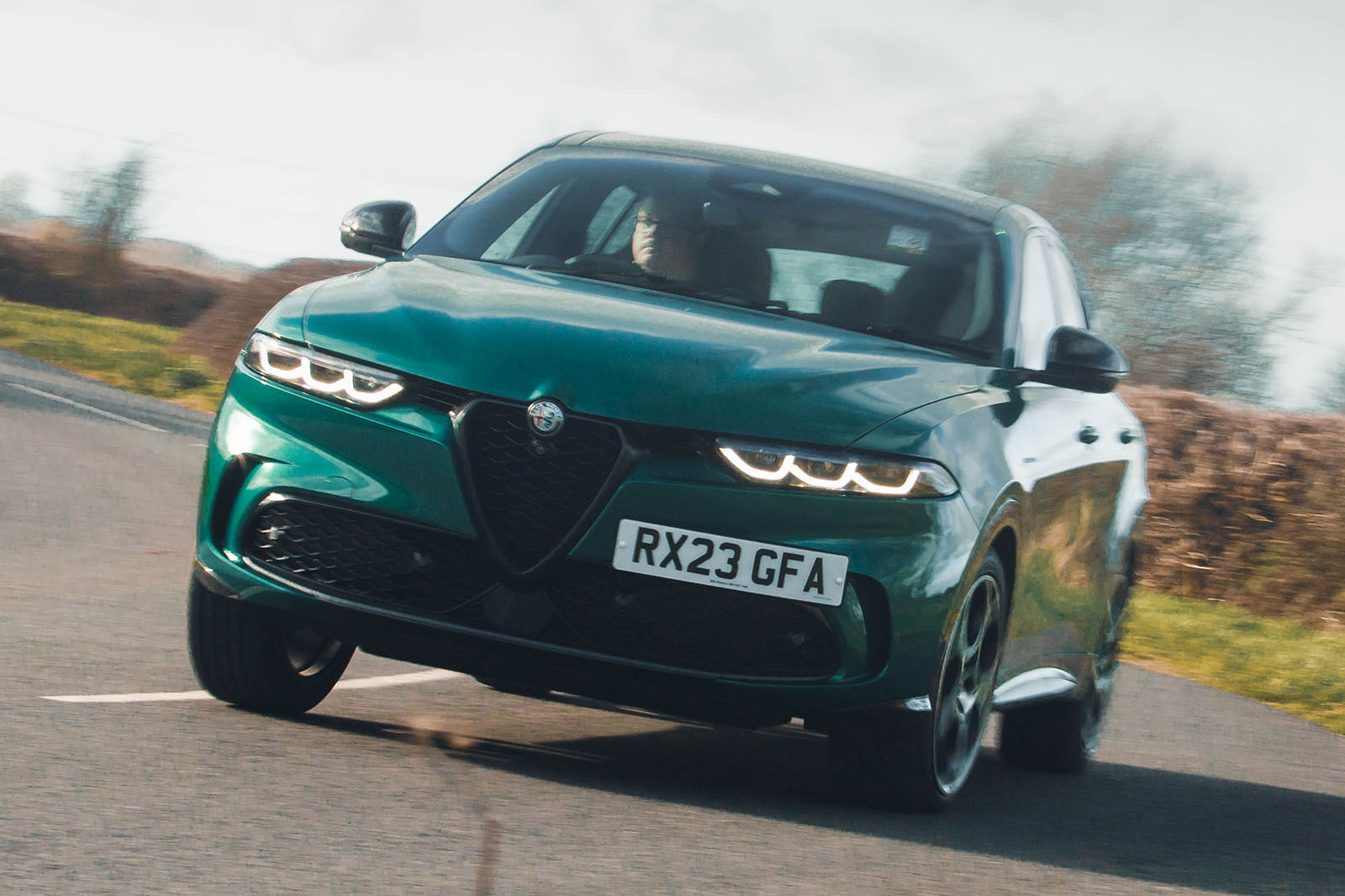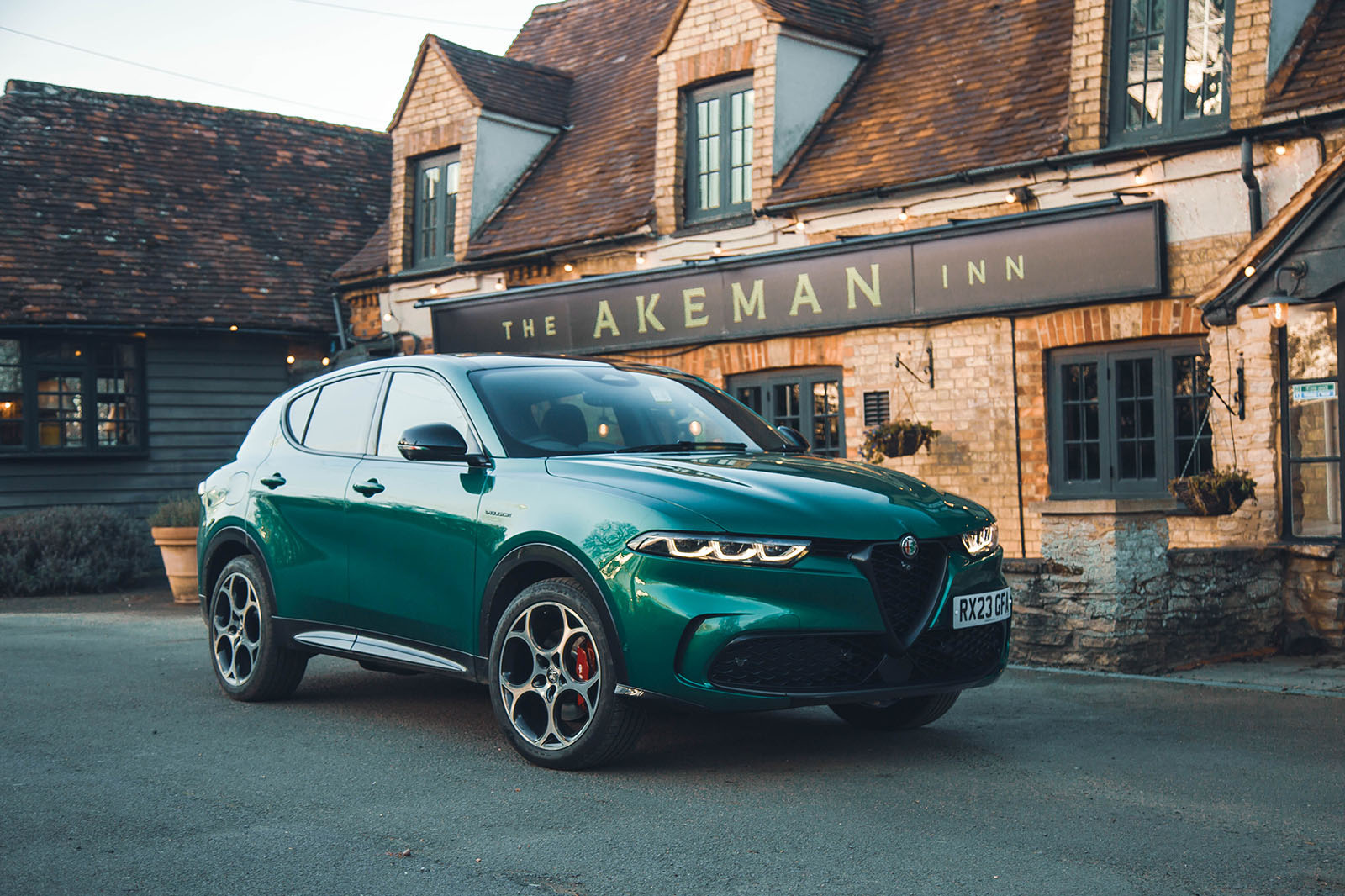Much as the thought may bring traditionalist devotees of this famous old Italian racing brand out in spots, Alfa Romeo is - under the auspices of its current Stellantis Group management overlords - slowly turning its corporate fortunes around; and it’s thanks almost entirely to SUVs.
While the Stelvio continues to do modestly good European business as it nears retirement, its maker is now gearing up to partner it with a much smaller and more affordable, compact crossover SUV aimed at a more youthful buyer - the Milano.
And yet it’s a third, mid-sized SUV - the Alfa Romeo Tonale - that has fuelled the firm’s regeneration most recently. In its first full year on sale in 2023, the Tonale swelled Turin’s global sales volume by some thirty per cent, and that figure’s European-market equivalent by nearly fifty per cent.
Growth from a low base is one thing, of course; sustained market success quite another - and it’s not like this car hasn’t got serious competition. Operating in the hugely popular ‘premium C-SUV’ segment, it counts the likes of the BMW X1, Audi Q3 and Volvo XC40 among its rivals - even if, simply by being present in that market, it can have a big impact on Alfa’s bottom line. More desirable volume brand options like the Peugeot 3008 and Kia Sportage could also be considered rivals.

























